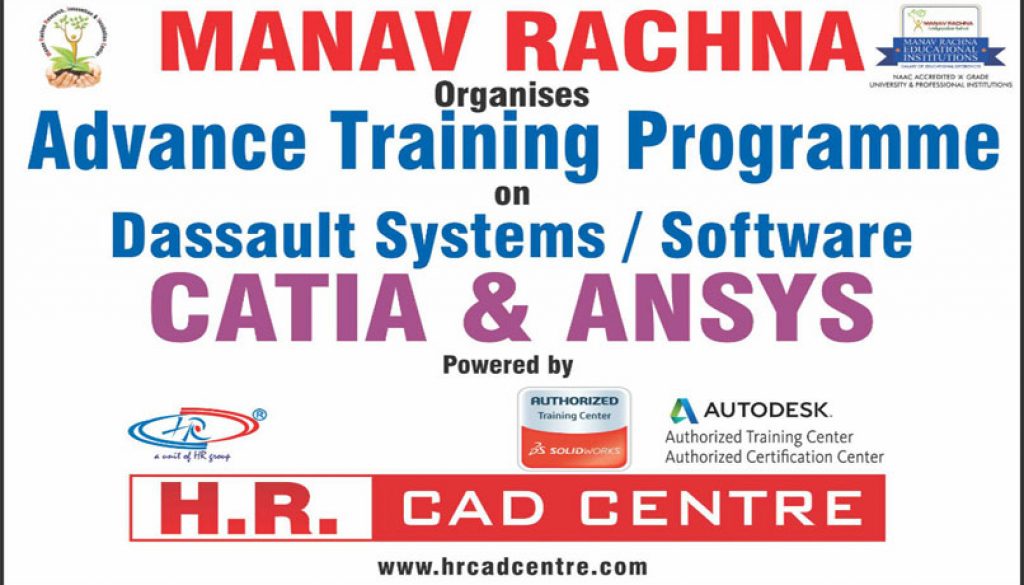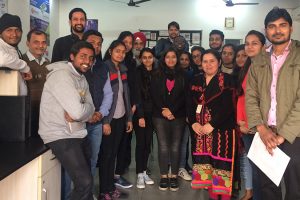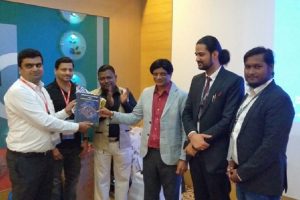Manav Rachna Educational Institutes initiate Advanced Software Training on “CATIA & ANSYS” to impart key skills required to make students employable
Manav Rachna Educational Institutes (MREI) strives to provide quality education along with practical knowledge to its students. Therefore, Manav Rachna Research, Innovation and Incubation Centre (MRIIC) has initiated Advanced Trainings in the area of CATIA (V-5) and ANSYS (V-17.2) for faculty members and final year students of B.Tech. The training was started from 5th June 2017 onwards under Research & Innovation Cluster of Mechanical, Automobile and Aeronautical Engineering respectively. The training program is on the lines of Prime Minister Shri Narendra Modi’s dream to provide Skill-based education to youngsters.
The program, ANSYS 17.2 offers a wealth of new functionality, including enhanced multi-physics coupling, new workflows for antenna design and automated temperature characteristics for electric machines. ANSYS enables engineers to combine advanced simulation technology across the portfolio or enlist external tools to address the complex engineering challenges inherent in today’s smart and connected products.
This will enable engineers to create next-generation products with advances across the ANSYS (Analysis of Systems) engineering simulation portfolio.
Meanwhile, the other training program, Computer Aided Three-Dimensional Interactive Application (CATIA) is a multi-platform software suite for Computer-Aided Design (CAD), Computer-Aided Engineering (CAE), PLM and 3D, developed by the French company Dassault Systèmes and training is imparted by H.R. CAD Centre.
CATIA can be applied to a wide variety of industries, from aerospace and defence, automotive, and industrial equipment, to high-tech, shipbuilding, consumer goods, plant design, consumer packaged goods, life sciences, architecture and construction, process power and petroleum, and services.
The group-based learning platform is created comprising selective faculty mentors and final year students of Mechanical, Automobile and Aeronautical engineering to work on complex challenges inherent in today’s smart and connected products. This will impart key skills and expertise required to bridge the gap and make students employable.





